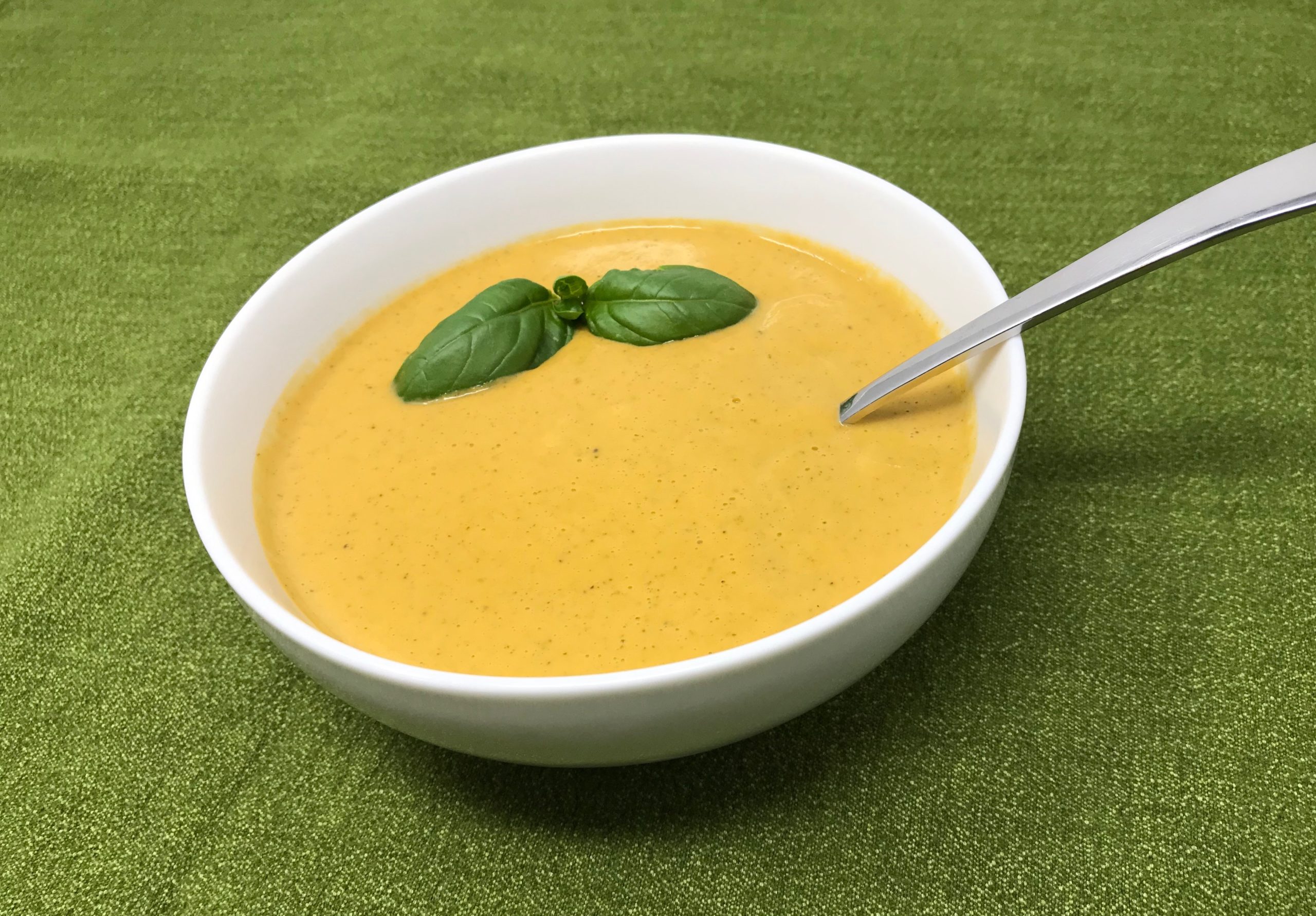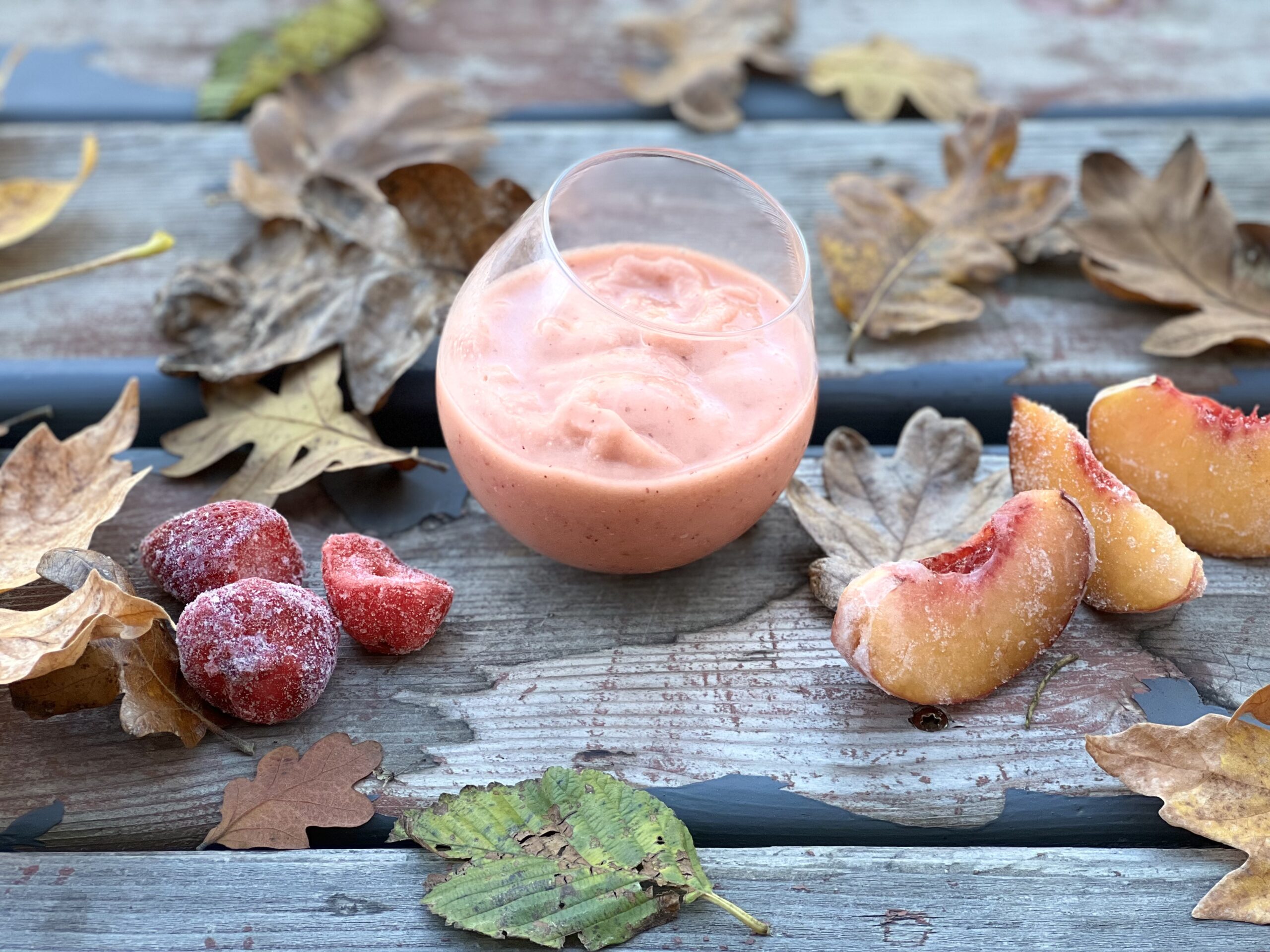Eating Resources For Those With Medical Treatments And Conditions
Eating is a very complex process. It requires multiple, highly coordinated steps in order to be carried out properly. Here is a brief explanation of the steps involved in eating:
- Jaw muscles have to open the mouth. Then lip muscles work together to guide food or liquids into the mouth. Lip muscles continue to work to keep the food or liquids from falling out of the mouth.
- Chemical and mechanical receptors in your mouth detect the presence of food and cause salivary glands to secrete saliva. Saliva moistens the food, makes it easier to break down and helps the food become easier to swallow.
- Muscles of mastication move the mandible up and down and side to side, grinding food against the chewing surfaces of the teeth. Food is broken down until it forms a kind of ball, known as a food bolus.
- Muscles in the tongue help form the food bolus. When the food bolus is ready, the tongue presses against the roof of the mouth to push the food bolus to the back of the mouth towards the throat, also known as the pharynx.
- When food reaches the pharynx, a complex sequence of both voluntary and involuntary nerve signals cause muscles in tongue to push the food bolus backwards while the lips create a tight seal. Then nerve signals cause pharyngeal muscles to further propel the food bolus down the pharynx into the esophagus all while closing off the airway so food and liquids do not get aspirated.

-
Save
Medical Treatments And Conditions That Affect Eating:
A stroke is a condition where brain cells die due to either a lack of blood flow to the brain or due to bleeding inside the brain. In the United States, more than 795,000 people have a stroke each year. Leading causes of strokes are: high blood pressure, high cholesterol, smoking, obesity, and diabetes. Brain damage from a stroke can lead to a number of different problems such as: paralysis, speech and language problems, vision problems, memory loss, or even behavior changes.
Another common impairment that can occur after stroke is difficulty swallowing, also known as dysphagia. More than 50% of stroke survivors have dysphagia. Some risks of dysphagia are aspiration of food or liquids (which can lead to pneumonia), dehydration, malnutrition, avoidance of eating, and loss of enjoyment eating. Dysphagia can be dangerous and should be brought to the attention of a physician and speech pathologist. Physicians and speech pathologists can perform diagnostic tests to find the exact cause and type of dysphagia. Once a correct diagnosis is made, they can develop a rehabilitation program that involves strengthening exercises, posture improvements when eating, and creating a diet plan that modifies the texture and consistency of foods and liquids.
Easy-To-Chew recipes can help give you some ideas on delicious soft foods that are easier to chew and swallow!
Chemotherapy is a drug treatment, usually used to treat cancer, that kills rapidly reproducing cells in the body. Chemotherapy treatments can kill rapidly reproducing cancer cells, but it also can affect other rapidly reproducing cells in the body, like those found in hair follicles, the digestive system, the mouth, and red and white blood cells. Damage to these normal cells is the source of many of chemotherapy’s side effects, which can include: fatigue, hair loss, infection, nausea and vomiting, loss of appetite, mouth sores, dry mouth, and pain with swallowing.
Mouth sores, dry mouth, nausea, and difficulty swallowing limit which types of food can be enjoyed; it’s been found that 40% of patients undergoing cancer treatment reported a decreased appetite since beginning treatment. Additionally, in one study it was found that patients undergoing cancer treatments reported an altered sense of taste and smell. 17.8% of patients reported decreased taste sensitivity and 43.3% reported being bothered by at least one smell. They found that the top five preferred foods among cancer patients were:
- Fruits and Vegetables
- Soup
- Poultry
- Pasta
- Fish
They found that the top five foods cancer patients avoided were:
- Greasy/fried foods
- Spicy foods
- Citrus/acid foods
- Indian food
- Mexican food
It is critical that patients who are undergoing chemotherapy are able to consistently eat. It has been shown that chemotherapy patient’s who have eating difficulties are more likely to lose weight and have lower energy levels. It is important to identify what foods an individual wants, and what they can tolerate. Easy-To-Chew recipes can help give you ideas for meals that are easy and enjoyable for chemotherapy patients to eat.
Parkinson’s disease is a disorder where neurons in the brain (specifically ones that produce dopamine) degenerate. Some common symptoms are: tremors, slow movements, limb rigidity, and balance problems. Symptoms can be progressive overtime. Most people are diagnosed with Parkinson’s disease at about age 60 and the disease is more common in men than women. Treatments include medications that increase levels of dopamine in the brain and medications that help reduce involuntary movements.
One serious symptoms of Parkinson’s disease is having difficulty swallowing, also known as dysphagia. More than 80% of patients with Parkinson’s disease develop dysphagia. Dysphagia can lead to malnutrition, dehydration, and can make it difficult to take medicine. Even more seriously, dysphagia makes it easier to aspirate foods and liquids. Aspiration pneumonia due to swallowing disorders is the leading cause of death in Parkinson’s patients. Physicians and speech pathologists can help diagnose and treat swallowing problems. According to the Michael J. Fox foundation: “Treatment is specific to the nature of the swallowing problem, but can involve strategies to help food or liquid go down safely (swallowing hard, holding breath while swallowing, tucking the chin while swallowing), diet changes (thickening liquids, making foods softer), exercises, or a combination of these.”
Soft food recipes can be very helpful when cooking for someone who has Parkinson’s Disease. Easy-To-Chew recipes can help give you some ideas on delicious soft foods that are easier to chew and swallow!
Multiple sclerosis (MS) is an autoimmune disease that affects the body’s central nervous system. Normally the body’s immune system fights foreign invaders and pathogens. In an autoimmune disease, the body’s immune system attacks the body’s own cells. In MS, the immune system damages the protective insulation around the body’s nerve fibers. This affects a nerve’s ability to relay signals around the body, leading to the following symptoms: muscle weakness, trouble with coordination and balance, parasthesia (feelings of numbness, prickling, or “pins and needles”), and thinking or memory problems. MS affects more women than men and usually manifests itself between the ages of 20-40.
Eating and swallowing require complex muscle coordination and nerve signaling. With MS, this complex process can be disrupted due to impaired nerve signaling. Numbness in the mouth and throat, as well as dry mouth related to medications that treat MS, can also be responsible for swallowing difficulties. These swallowing difficulties, known as dysphagia, can lead to choking, social isolation, mealtime fatigue, and loss of pleasurable mealtimes.
Physicians and speech pathologists can diagnosis and treat dysphagia. Treatments can include: postural change when eating, practice with different swallowing techniques, and modification to textures of foods and liquids.
Soft foods can be very helpful when cooking for someone with multiple sclerosis. With some simple modifications to the way food is prepared and cooked, meals can be easy to chew and swallow while still being nourishing, delicious, and fun to eat. Easy-To-Chew recipes can help get you started on your journey to make delicious soft foods!
Muscular dystrophy is a group of inherited diseases that cause progressive muscle weakness and muscle loss. The most common type of muscular dystrophy is Duchenne muscular dystrophy, which occurs mostly in boys, affecting 1 in 3500 births worldwide. Symptoms usually begin between ages 2 and 3 and include: difficulty jumping, running, and walking. Over time, heart and respiratory muscles can be affected as well.
Undernutrition can occur in patients who have muscular dystrophy. This undernutrition is related to: decreased muscle strength, swallowing difficulties (dysphagia), prolonged mealtime, dependant feeding, and increased energy requirements due to respiratory failure.
A major obstacle in eating and drinking with muscular dystrophy is dysphagia (swallowing difficulties). About one third of patients with neuromuscular disorders are affected by dysphagia. These swallowing difficulties are caused by: weakness of oral muscles, incoordination of sucking and swallowing, and difficulties with breathing.
Physicians and speech pathologists can diagnose and treat eating difficulties associated with muscular dystrophy. They may recommend modifications to food texture to make it easier to chew and swallow. Soft foods may be easier for them to eat and can help ensure nutritional requirements are met. Easy-To-Chew recipes can help give you some ideas on delicious soft foods that are easier to chew and swallow!
Alzheimer’s disease is a brain disorder that progressively destroys memory and thinking skills. It is the sixth leading cause of death in the United States and is the most common cause of dementia among the elderly. An early symptom of Alzheimer’s disease “is having difficulty remembering newly learned information”. This can progress to disorientation, mood and behavior changes, confusion, suspicions about friends and family, and difficulty speaking, swallowing, and walking.
A loss of appetite can occur among individuals with Alzheimer’s disease or dementia. According to the Alzheimer’s Association, some of these eating difficulties are related to:
- Not recognizing food
- Poor fitting dentures
- Appetite changes related to medications
- Reduced physical activity
- Decreased sense of taste and smell
Your Goals When Preparing Meals For Those With Medical Treatments And Conditions:
- Cook three meals a day and provide healthy snacks in between meals
- Try to have a variety of foods at each meal. Be mindful of food preferences and try to communicate effectively to find out which foods work and don’t work for their situation.
- Try to provide a balanced diet of vegetables, fruits, grains, dairy, and protein as dietary restrictions allow.
- ChooseMyPlate.gov is a great resource for creating a balanced diet!
- Talk with your physician and dietitian about the specific nutritional needs of the individual you are caring for.
- Be sure to work with your physician and speech pathologist to know which food textures are appropriate for your situation.
- Eat together as a family whenever possible. Meal times are a great opportunity to strengthen social and family relationships. Eating with others is generally a more positive experience than eating by yourself.
- Try to make meals stress free and positive. Even if the act of eating is less fun than it used to be, mealtime itself can be a fun daily event to look forward to!

-
Save
Easy-To-Chew is a food blog created by a dentist, a public health professional, and a registered dietitian. Their mission? To cook up delicious recipes dedicated to those who are in need of foods which are easy to chew, easy to swallow, and easy to love!
Recently Added Recipe
Some More Easy To Chew Recipes
Helpful Cooking Appliances When Cooking For Those With Trouble Chewing And Swallowing
There is no finer way to puree foods than a Vitamix Blender. It can turn any food into a single, smooth texture which is easy to swallow.
-
Save
A food processor is a must have for finely chopping, slicing, and pureeing foods. It does all the work for you!

-
Save










